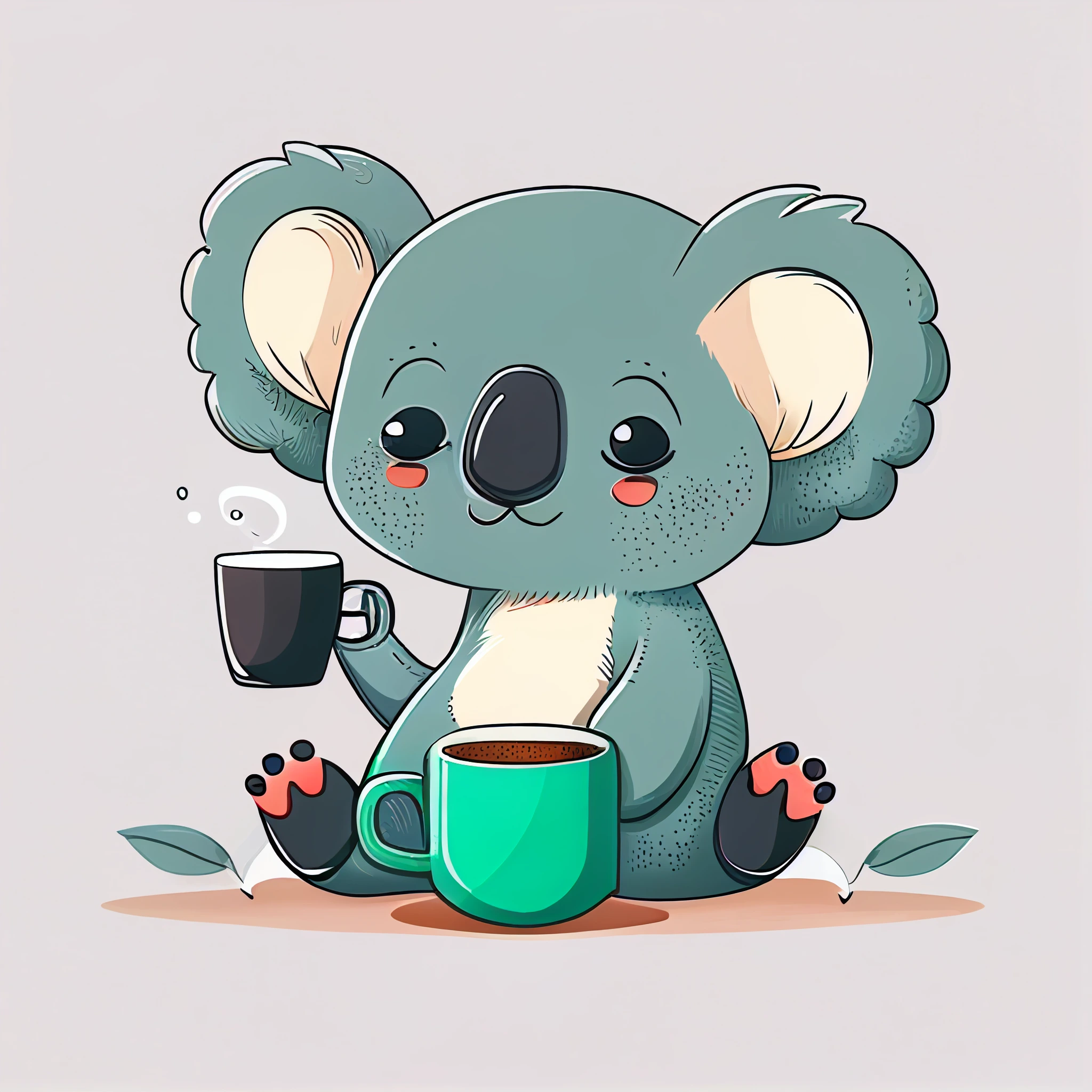Tea Time Across Cultures: How Different Countries Celebrate the Art of Tea
Tea is one of the most beloved beverages worldwide, and its cultural significance goes beyond just a simple drink. It is a symbol of hospitality, tradition, and socialization. We’ll take a look at how different countries celebrate the art of tea.

China
China is considered the birthplace of tea, and the country’s tea culture is deeply ingrained in its society. Chinese tea ceremonies are elaborate affairs, with different rituals and customs depending on the region. The most famous is the Gongfu tea ceremony, where the tea is prepared with precision and served in small cups.
Japan
In Japan, tea is a highly revered beverage, and the Japanese tea ceremony, or Chanoyu, is an integral part of the country’s culture. The ceremony is a highly ritualized and meditative experience, with a focus on harmony, respect, and tranquility. Matcha, a finely ground green tea, is the most popular type of tea served during the ceremony.
India
India is known for its love of tea, and the country is the world’s second-largest tea producer. Indian tea culture is diverse, with different regions having their unique ways of preparing and serving tea. The most famous is the chai, a spiced tea brewed with black tea leaves, milk, and spices such as cardamom, ginger, and cinnamon.
United Kingdom
The United Kingdom is famous for its afternoon tea, a traditional British ritual that involves a spread of tea, sandwiches, scones, and pastries. The practice originated in the 19th century as a way for the upper class to socialize and has since become a quintessential part of British culture.
Morocco
In Morocco, tea is not just a beverage, but a symbol of hospitality and friendship. Moroccan tea ceremonies involve serving mint tea, made with green tea leaves, fresh mint, and sugar, in ornate teapots and pouring it from high above the glasses to create a frothy foam.
Russia
In Russia, tea is a staple beverage and a social ritual. The Russian tea ceremony, or Zavarka, involves brewing tea leaves in a samovar, a traditional Russian tea urn, and serving it with sugar cubes, lemon wedges, and sweet pastries.
Turkey
In Turkey, tea is a ubiquitous beverage and a symbol of hospitality. Turkish tea is brewed in a double-teapot system, with the lower pot filled with water and the upper pot filled with tea leaves. The tea is served in small tulip-shaped glasses and is often accompanied by Turkish delight, a sweet treat made with gelatin, starch, and sugar.
Poland
In Poland, tea is a popular beverage, and tea culture is deeply ingrained in the country’s history. Traditional Polish teas include fruit teas made with dried fruits such as apples, plums, and berries. In addition, herbal teas like chamomile and peppermint are popular for their health benefits. In Poland, tea is often served with honey, sugar, or lemon, and is accompanied by sweet pastries like sernik, a traditional cheesecake.
Singapore
Singapore is a multicultural city-state with a thriving tea culture. Singaporeans often enjoy a cup of tea with their meals, and the country is known for its unique tea blends like the Singapore Breakfast Tea, a blend of black tea, pandan leaves, and spices like cinnamon and cardamom. The city is also home to several tea houses and cafes, where visitors can enjoy a traditional Chinese tea ceremony.
New Zealand
New Zealanders love their tea, and the country’s tea culture is heavily influenced by British traditions. In New Zealand, tea is typically served with milk and sugar and is often accompanied by scones, biscuits, or slices of cake. The country is also known for its unique tea blends like the Kiwi Breakfast Tea, a blend of black tea, manuka honey, and lemon.
Australia
In Australia, tea is a popular beverage, and the country has a thriving tea culture. Australians typically drink black tea, which is often served with milk and sugar. In addition, herbal teas like chamomile, peppermint, and ginger are also popular. The country is also known for its unique tea blends like the Australian Breakfast Tea, a blend of black tea, eucalyptus, and lemon myrtle.
Philippines
In the Philippines, tea is not as popular as coffee, but it is gaining popularity among health-conscious consumers. Herbal teas like ginger and lemongrass are common, and are often served with honey and calamansi, a type of citrus fruit. In addition, traditional Filipino teas like the Salabat, a ginger tea, and the Sambong, a tea made with a local herb, are also popular.
Norway, Sweden, Finland, Iceland, Denmark
The Nordic countries share a rich tea culture, with a focus on herbal teas and tisanes. In Norway, herbal teas like chamomile and peppermint are popular, while in Sweden, the country’s traditional herb-based schnapps is often used to flavor tea. In Finland, the national drink is the Lingonberry Tea, a blend of black tea and lingonberries, while in Iceland, herbal teas like arctic thyme and crowberry are popular. Denmark is known for its traditional Danish Pastry, which is often served with a cup of tea, and the country’s popular tea blends include the Danish Breakfast Tea, a blend of black tea, vanilla, and cinnamon.
Leave a Reply